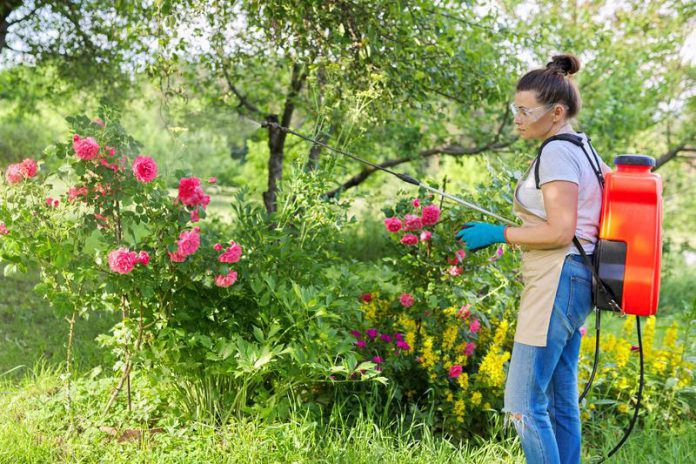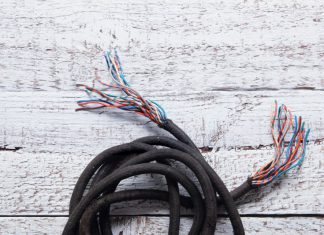If you’re washing your sprayer’s tank with water only after using it, you need to increase the quality of your cleaning routine. Whether you have a regular or electrostatic sprayer, proper cleaning is extremely important in protecting the machine from chemical damage. So, how do you make sure there will be no chemical residue after cleaning your sprayer? We’ll help you out with that through these simple steps:
Step 1: Empty Your Solution from the Tank
The first thing you need to do is empty the tank of any solution left. Re-apply the liquid product to your lawn, home, or garden, so the remaining solution will not go to waste. You might want to flip the sprayer over for about 60 seconds to drain out most of the liquid.
Step 2: Keep Pets and Children Away from the Designated Cleaning Area
Pets and children are sensitive to chemicals, and that’s why you need to keep them away from the spot where you will clean the sprayer. Let the area dry before allowing anyone in there.
Step 3: Check Your Solution’s Label for Any Cleaning Instruction
Some liquid solutions indicate the instructions for cleaning a sprayer, which is why you should always check the label for this. If there’s none, proceed to the next step.
Step 4: Fill the Tank Halfway with Hot Water
Doing so ensures that you will remove any chemical residue that has dried in the tank. Spray the hot water onto a concrete walkable space, not onto grass or flowerbeds. This prevents the chemicals from spreading to the soil and potentially harming it. It also removes dried solutions in the hose and nozzle. Allow the sprayer to cool before proceeding to the next step.
Step 5: Wash the Sprayer with Mild Soap and Water
This step makes sure that 100% cleaning can be achieved, thanks to the soap’s ability to clean. Fill the tank with water and add your mild soap. Mix it well until you see a good amount of foam in the tank.
Spray the soap solution to any concrete walkable area. The solution will also clean the hose and nozzle as you spray. Once drained, add a little amount of water to the tank and use a soft-bristle brush with a long handle to gently rub the inside of the tank to remove any soap residue. Spray the remaining soap residue out and continue adding water and spraying until the water is clear.
Step 6: Clean the Tank’s Exterior and Sprayer’s Attachments
The tank’s inside is not the only part you should clean! Don’t neglect your sprayer’s exterior, nozzle, hose, and even the container’s lid. Use water and mild soap to clean these attachments and wash them thoroughly with water. Leave them to dry before using them again.
Helpful Tips to Achieve the Best Sprayer Cleaning
Wear Protective Clothing When Washing the Sprayer
Protecting yourself from chemical harm is not only done when applying liquid solutions to your home, lawn, or garden, but it also includes the times you wash the machine clean. Water-resistant gloves, boots, an eye protector, and a face mask are the basic protective tools you need.
Clean the Sprayer After Use
It’s always a good practice to clean the sprayer after every use to avoid chemical clogging and accumulation in the tank, nozzle, and hose. Allow the sprayer to dry completely before using it again. This applies even when using the tool twice or three times a day, so you avoid mixing different types of solutions.
Always Use Mild Soap
Mild soap has non-toxic chemicals that don’t cause damage to your machine. Read labels and ensure that you are only using mild products.
The Takeaway
Whether you are using a sling, cart, or backpack sprayer, it’s always ideal to clean the machine after every use to prolong its life span. You don’t need a complex process in washing the sprayer. Just follow the steps above to achieve effective cleaning!















